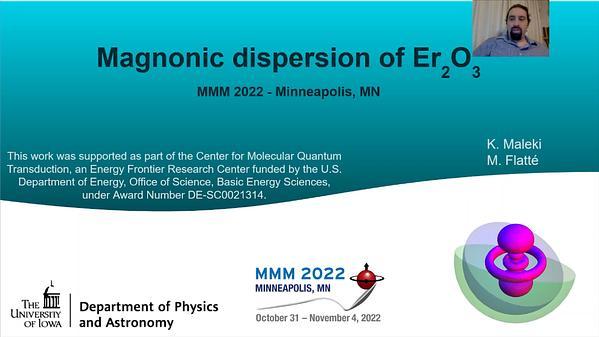
Premium content
Access to this content requires a subscription. You must be a premium user to view this content.

technical paper
Spin Orbit Torque Induced Ultrafast Magnetization Switching in a Ferromagnet
Spin-orbit-torque (SOT) based magnetic devices1 have gained considerable attention due to their non-volatility, speed, and energy efficiency. SOT-induced magnetization switching studies are limited by the rise-time and duration of available pulsed current sources 2,3. Recently, ultrafast SOT switching has been demonstrated using ~ps current pulses4,obtained from an optically excited photoconductive (Auston) switch4,5, although the switching dynamics have not yet been reported. Here, we report the ultrafast magnetization dynamics measured via the time-resolved polar magneto-optical Kerr effect (MOKE)5
in a ferromagnet (inset of Fig. 1), using the ultrafast SOT
effect due to a ~ 9 ps long current pulse generated from an Auston switch. The ~ps current pulse, without any in-plane magnetic field, introduces a demagnetization of ~30% and softens the magnet at an ultrafast timescale. In the presence of a 1600 Oe symmetry-breaking in-plane field, SOT tries to rotate the magnetic moments away from the saturation state, for a negative
current pulse (blue line in Fig. 1), which when combined with the ultrafast demagnetization, shows a reduced initial demagnetization coupled with SOT-oscillations at longer timescales.
However, for positive current, it induces a coherent rotation of the softened magnetic moments toward the negative saturation. Magnetization crosses zero in ~65 ps and switches fully after
about ~200 ps (red line in Fig. 1). Sub-ns current pulse-induced SOT dynamics are governed by domain-wall propagation with an additional incubation delay due to domain nucleation 6-8.
The absence of any incubation delay combined with the fast-switching time leads us to believe that the switching is probably governed by the coherent rotation of the softened magnetic
moment due to ultrafast heating by the ~ps current pulse excitation. A micromagnetic simulation coupled with 2-temperature ultrafast heating qualitatively agrees well with the observed dynamics (dotted lines in Fig. 1). Our work sheds significant insights on the mechanism of picosecond SOT-induced magnetization dynamics.
References
1. D. Polley, A. Pattabi, J. Chatterjee, et al., Appl. Phys. Lett. 120, 140501 (2022).
2. I.M. Miron, K. Garello, G. Gaudin, et al., Nature 476, 189 (2011).
3. K. Garello, C.O. Avci, I.M. Miron, et al., Appl. Phys. Lett. 105, 212402 (2014).
4. K. Jhuria, J. Hohlfeld, A. Pattabi, et al., Nat. Electron. 3, 680 (2020).
5. Y. Yang, R.B. Wilson, J. Gorchon, et al., Sci. Adv. 3, e1603117 (2017).
6. E. Grimaldi, V. Krizakova, G. Sala, et al., Nat. Nanotechnol. 15, 111 (2020).
7. V. Krizakova, K. Garello, E. Grimaldi, et al., Appl. Phys. Lett. 116, 232406 (2020).
8. G. Sala, V. Krizakova, E. Grimaldi, et al., Nat. Commun. 12, 656 (2021).

Fig. 1. Ultrafast magnetization dynamics with positive and negative ~ps current pulse direction. The theoretical analysis is shown in dotted lines.

